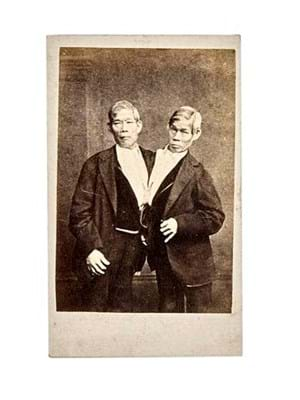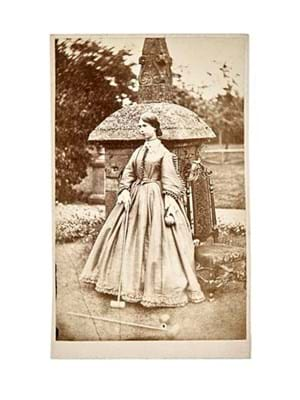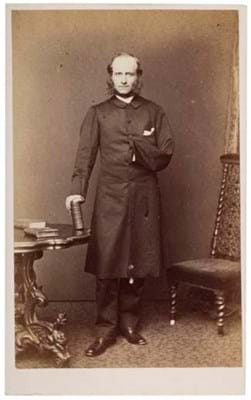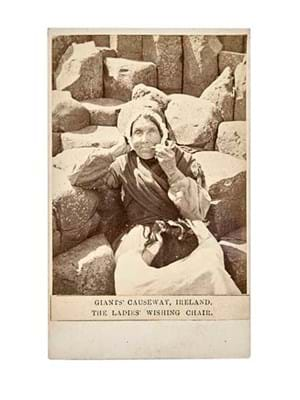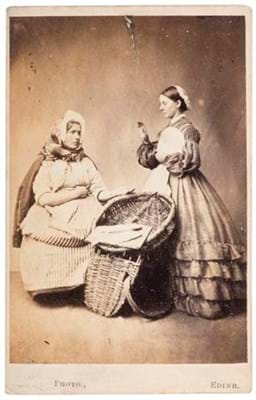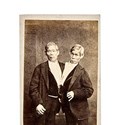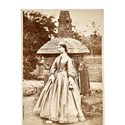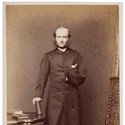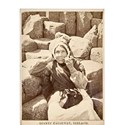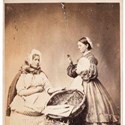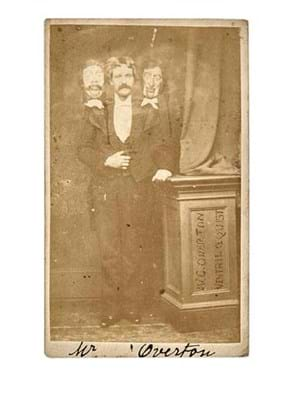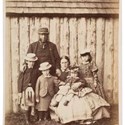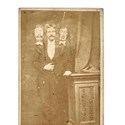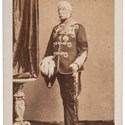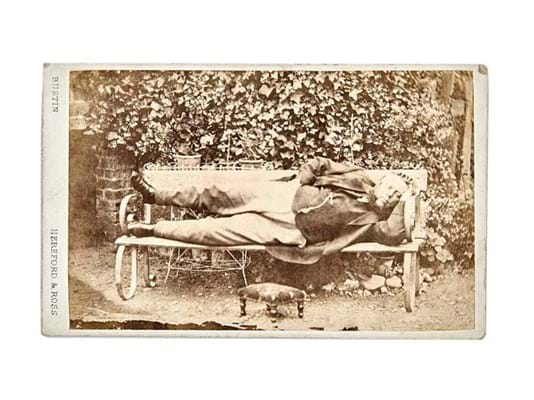These images – the precursors of photographic postcards - were mounted on a piece of card the size of a formal collecting card and originated in the 1850s when multiple copies of large portraits proved expensive and complicated.
French photographer Andre Adolphe Eugene Disdéri (1819-89) realised this and came up with the carte de visite format in 1854. He promoted the idea of putting a small albumen photographic print on a visiting card and fellow early French photographer Nadar (Gaspard-Félix Tournachon), also in Paris, soon followed suit.
Cartes de visite came to Britain three years later and royal portraits taken in 1860 cemented their popularity.
According to a Science and Media Museum blog: “People began to collect portraits of their family, friends and celebrities and mounting them in photograph albums. Celebrity cartes were sold at stationer’s shops in the same way that picture postcards are today.
“The craze for collecting celebrity cartes de visite in albums reached its peak during the 1860s, but the format remained popular until the beginning of the 20th century, and cartes can still be found in large numbers, loose or in family albums.”
Jubilee collection
One extensive group of cartes de visite is coming up for auction on My 3 at Berkshire auction house Special Auction Services (SAS). The ‘Jubilee’ Collection amassed by one of the first specialist antique photographica dealers and collectors in London, the late Beryl Vosburgh, will go under the hammer and is expected to realise in excess of £30,000, says SAS.
The auction comprises items from Jubilee Photographica, Vosburgh's shop, as well as those from her own 40-year collection. It comprises a multitude of images, including works by Julia Margaret Cameron, William Fox Talbot – one of the founders of modern photography - Angus McBean and Cecil Beaton.
However, the core is several thousand cartes de visite. The collection focuses strongly on the glorious early years up to the mid-1860s, exemplified by the London-based Frenchman Camille Silvy, whose cartes show unrivalled crispness, depth of tone and compositional skill.
Enchanting groups
The majority of the images show individuals sitting or standing – sometimes in discomfort owing to the length of exposure – in studios, but Vosburgh’s attention means that she collected enchanting family groups, children with toys and dolls, cartes taken outside, views around the world, sitters in British India and other parts of the Empire, as well as circus attractions, famous politicians and royalty.
One carte from around 1860 shows the popular comic actor Edward Sothern sporting huge side whiskers as the amiable but foolish aristocrat Lord Dundreary in the British play Our American Cousin by Tom Taylor. It was from this that the bushy sideburns were give the name ‘Dundreary whiskers’ and the image reflects the changing times, with Victorians being depicted in a less refined and stuffy way.
Another depicts a young man photographed in India with dark hair and a beard who lost an arm, probably in the Indian Mutiny of 1857.
Lot estimates range from £50-80 upwards.
Hugo Marsh, director at SAS, says: “This really is a fascinating collection and a real reflection of social history. Beryl made her career out of buying and selling but it was her passion more than a job; she also took very special care sorting her cartes de visite into categories, thus indicating her dedication to defining and presenting the past in the best possible way.
“We have not seen a collection this large since the 1990s and we anticipate the lots being very popular with collectors in the UK as well as worldwide.”


